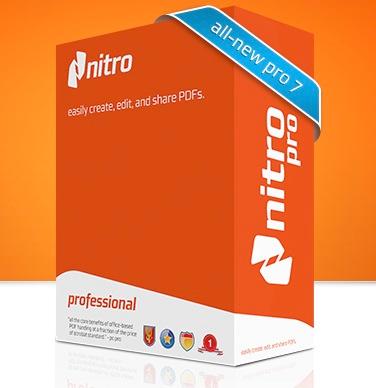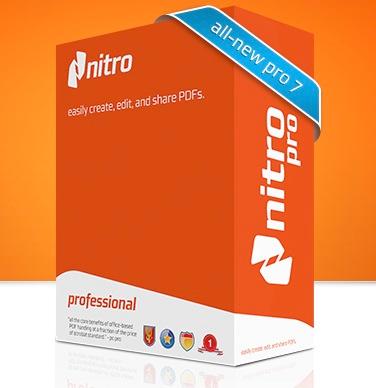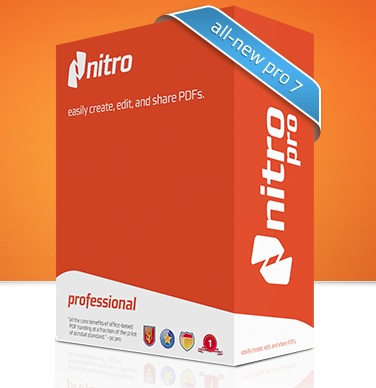The idea of the paperless office fell to the wayside as affordable printers made their way into homes and offices. Yet, according to Gina O'Reilly, COO of Nitro, this could be due to users never grasping the full potential of digital documents.
The company recently commissioned a study and found nearly half of the 1,000 Americans they polled have little familiarity with PDF files.
“That was a bit of a surprise to us internally ...” O'Reilly said. “Literally everyone who browses the Web today has encountered a PDF file. There’s no way to avoid them. And of course, every piece of hardware—in terms of a laptop and a desktop—comes loaded with a PDF viewer to allow users to view PDF files.”
She and the team at Nitro, a company that develops PDF viewing and editing software, have been trying to make sense of the findings. Their conclusion is that most users see and use PDF files as ways of viewing static documents, and not a tool they can use to edit and create their own documents.
Simplicity, they believe, is the answer.
PDFs (Portable Document Files) were invented by Adobe in 1993, with the goal of creating a file format usable between nearly all platforms—Windows, Mac, and now mobile devices—that can preserve the original document as accurately as possible, including photos, illustrations, maps, and signatures.
“What you see in a PDF file is, ‘what you see is what you print,’ which is not always the case for a Web document or a Word document,” O'Reilly said.
Yet while PDF files have become common use, they are rarely used to their full potential. “We’re on a mission to debunk the myth that PDFs are either useless or difficult to use.” O'Reilly said.
Nitro is going full force into the market, competing directly with Adobe Reader—one of the leading products for viewing and editing PDF files. Like Adobe, they offer both a simple, free version, as well as a paid version geared towards businesses.
But they’re taking a different approach. Adobe’s products are extremely powerful, and are teeming with features that can do just about anything a PDF file can do.
Nitro is approaching the market from the other side—cutting out every feature not commonly used while raising features they believe people will use regularly. This includes features allowing users to write text into PDF files and save edits.
They found some users were still printing out PDF documents, signing them, then scanning them back to either e-mail or fax. Nitro lets users snap a photo with a smartphone, load it into the application, and add it as their signature.
“We try to only include the features business users would need, and none that they don’t. So we try to limit feature bloat, which is a typical issue for software these days,” O'Reilly said.
She said what they’re trying to do is make features relevant, noting “We’re really disciplined with the features that we include, and they have to have proper usage scenarios, otherwise the product just won’t be adopted.”
“And simplicity drives adoption,” she added.
They release some features for free as a way to test the waters. O'Reilly said one, in particular, has really shot off. They run a website, PDFtoWord.com, which as the name suggests allows users to upload PDF files, and the company then e-mails back a Word version of the document.
They do close to 70,000 conversions a day, adding up to around 1.5 million a month. “But that just gives you an idea of the volume of the popularity of a feature like that,” O'Reilly said.
“We want Nitro to be used by the masses, and the only way to do that is to offer high value and services for free,” she said. “We know that only a percentage of those will need to do more, and for them there is Nitro Pro and Acrobat services.”







